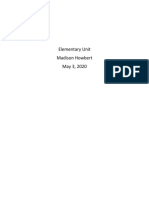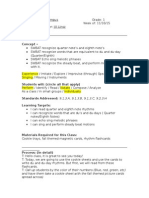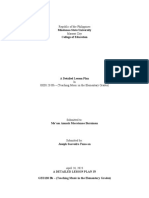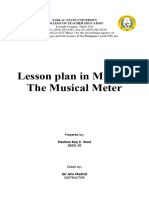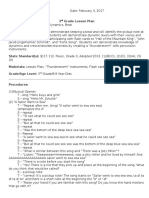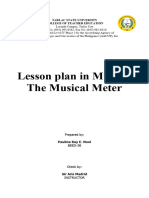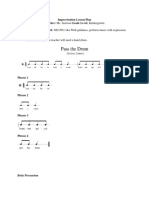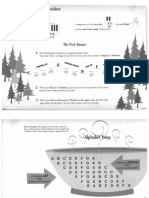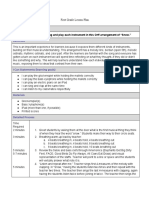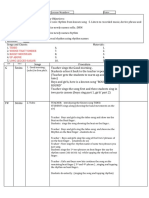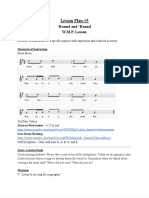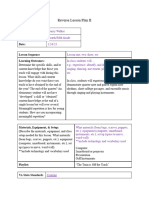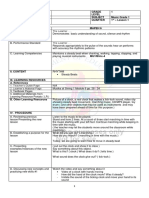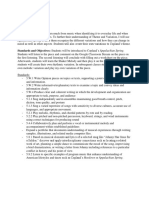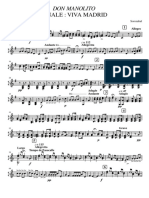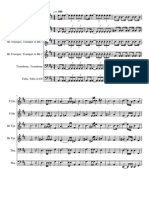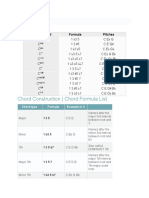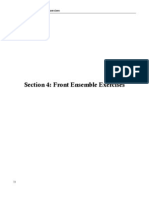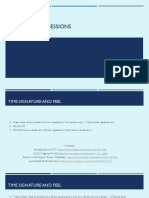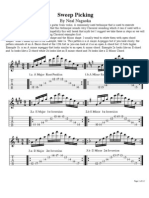0% found this document useful (0 votes)
16 views12 pagesVirtual Chapter 2 Notes
Chapter 2 focuses on speech and meter, introducing concepts such as duple, compound duple, and triple meters, as well as unmetered speech and rhythmic exercises. It includes various activities for students to explore movement and rhythm through songs and poems, emphasizing the importance of meter in music education. The chapter also provides guidance on creating rhythmic ostinati and complementary rhythms to enhance musical understanding and performance.
Uploaded by
trinnyfamCopyright
© © All Rights Reserved
We take content rights seriously. If you suspect this is your content, claim it here.
Available Formats
Download as PDF, TXT or read online on Scribd
0% found this document useful (0 votes)
16 views12 pagesVirtual Chapter 2 Notes
Chapter 2 focuses on speech and meter, introducing concepts such as duple, compound duple, and triple meters, as well as unmetered speech and rhythmic exercises. It includes various activities for students to explore movement and rhythm through songs and poems, emphasizing the importance of meter in music education. The chapter also provides guidance on creating rhythmic ostinati and complementary rhythms to enhance musical understanding and performance.
Uploaded by
trinnyfamCopyright
© © All Rights Reserved
We take content rights seriously. If you suspect this is your content, claim it here.
Available Formats
Download as PDF, TXT or read online on Scribd
/ 12



